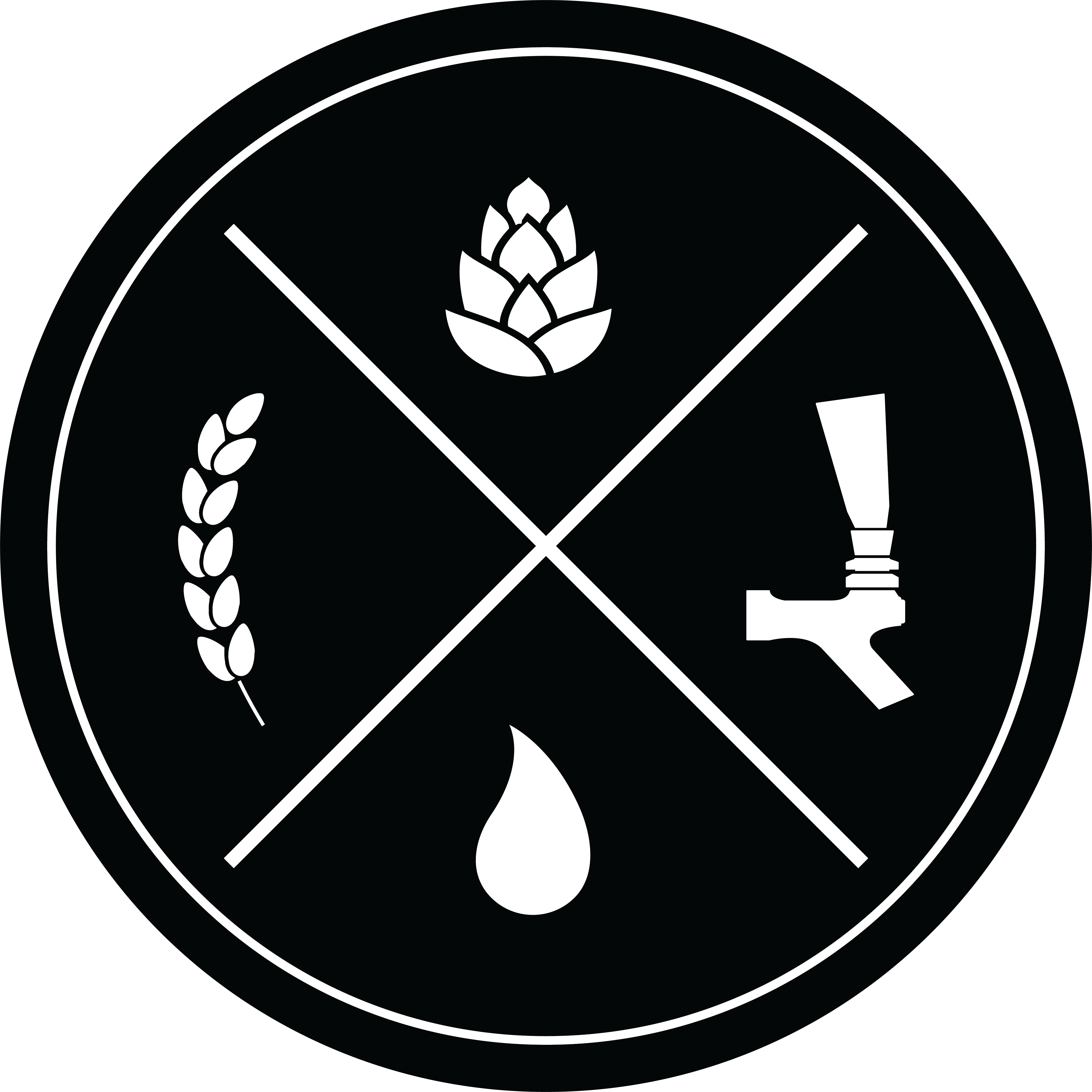If you’ve delved into the world of homebrewing or craft beverage dispensing, chances are you’ve encountered the terms “ball lock” and “pin lock” kegs. While both serve the same primary purpose—storing and dispensing carbonated beverages—the two systems have distinct differences that can affect their compatibility and functionality. In this article, we will explore these differences in detail, helping you make an informed choice for your brewing or dispensing needs.
History and Origin
To understand the differences between ball lock and pin lock kegs, it’s helpful to know their origins. Ball lock kegs were initially created for the soda industry, specifically for Pepsi products. Pin lock kegs, on the other hand, were designed for Coca-Cola. Over time, homebrewers and craft beverage enthusiasts have adopted these kegs due to their reliable build and ease of use.
Physical Dimensions
Ball Lock Kegs
- Height: Generally taller and slimmer, around 25 inches tall for a 5-gallon keg.
- Diameter: Typically around 8.5 inches.
Pin Lock Kegs
- Height: Usually shorter and fatter, about 22-23 inches tall for a 5-gallon keg.
- Diameter: Approximately 9 inches.
The dimensions can influence how much space you have available for keg storage and what kind of kegerator setup you might use. The specific dimensions may vary from manufacturer to manufacturer, so it’s always a good idea to measure the available space before purchasing a keg.
Connector Types
The primary difference between the two lies in the type of connector used to link the keg to the beer and gas lines.
Ball Lock Kegs
- Gas-In and Beer-Out Posts: These are differentiated by a subtle collar around the base of the gas-in post.
- Connector: The ball lock coupler clamps onto the keg posts using a quick snap-on, snap-off action, enabled by internal ball bearings.
Pin Lock Kegs
- Gas-In and Beer-Out Posts: These are differentiated by the number of pins: 2 for gas, 3 for liquid.
- Connector: The pin lock coupler attaches by sliding onto the keg posts and then turning to lock into place.
Compatibility and Interchangeability
Ball lock fittings are generally easier to adapt for various configurations, such as different types of tubing or connections. Pin lock fittings, while sturdy, are less versatile when it comes to customization.
Availability of Replacement Parts
Because of their widespread use and standardized design, ball lock kegs generally have more readily available replacement parts. Pin lock kegs are less common, which may make finding parts a bit more challenging.
Ease of Identification
Pin lock kegs make it nearly impossible to accidentally attach the gas line to the beer-out connector or vice versa, thanks to the different number of pins on each post. In ball lock kegs, the connectors can sometimes be mistakenly reversed, which may result in issues like beer flowing into the gas line.
Pressure Relief Valve
Both types of kegs usually come with a pressure relief valve to allow for the safe release of excess pressure. However, in most ball lock kegs, the valve is a pull-ring style that can be manually operated, while pin lock kegs often feature a pressure relief valve that automatically engages at a certain pressure level. You can also purchase a “poppet valve depressor” to make it easier to relieve pressure from your pin lock keg.
Cost
Generally, ball lock kegs tend to be slightly more expensive due to their greater availability and wider range of compatible parts. However, this can vary based on factors like quality, brand, and condition (new vs. refurbished).
Conclusion
Both ball lock and pin lock kegs offer reliable solutions for storing and dispensing your homebrew or craft beverages. Your choice between the two will likely depend on factors like available space, desired level of customization, and how much you value foolproof identification of gas and beer lines.
In essence, if you prefer a keg that offers greater compatibility, easier access to replacement parts, and don’t mind paying a bit more, a ball lock keg may be the best option for you. On the other hand, if you prioritize a more compact design and want a foolproof system that minimizes the risk of accidental misconnections, a pin lock keg could be the better choice.

